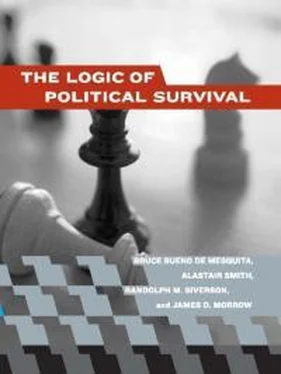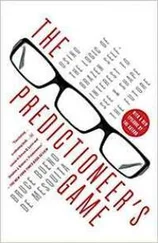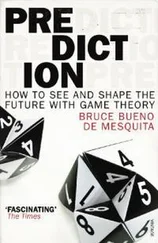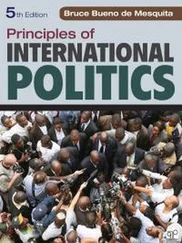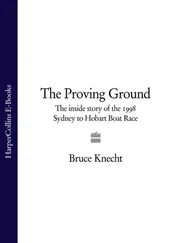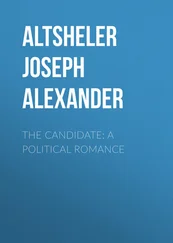Lenin specifically defined the Communist Party as the vanguard of the proletariat—that is, a small contingent within the broader selectorate, a contingent that was not susceptible to trade unionism and that would accept the principle of democratic centralism. In What Is to Be Done? (1902), Lenin argued that
revolutionary experience and organizational skill come with time only if there is a desire to cultivate the necessary qualities, and if there is a consciousness of one’s shortcomings which in revolutionary activity is more than half-way towards their correction. . . . A small, tight, solid nucleus of the most dependable, experienced and hardened workers having trustworthy representatives in the main regions and connected by all the rules of secrecy with the organization of revolutionaries can quite capably, with the widest support of the masses and without any formal organization, fulfill all functions of a professional organization, in a manner desirable to a Social-Democratic movement. . . . The moral from this is simple: if we begin with a solid foundation of strong organization of revolutionaries, we can guarantee the stability of the movement as a whole and realize the goals of Social-Democracy and of trade unions. If we, however, begin with a wide workers’ organization, supposedly the most accessible to the masses (but in fact is the most accessible to the gendarmes, and makes revolutionaries most accessible to the police) we shall not achieve one goal nor the other.
Communist Party membership was made artificially scarce, generally representing less than 10 percent of the population and often much less. Party membership in 1988, for instance, was about 19.5 million as against a population of 281 million, according to the 1987 census in the USSR. Before Stalin’s purges, party membership was 3.5 million, dropping to only 1.9 million by 1938. 7Anyone in the selectorate had the potential to become a party member, but only a few were chosen. The incumbent needed about half of the party membership to ensure maintenance in office, so that while the pool of potential members was huge (recall that the selectorate arguably equaled the adult population of citizens), the winning coalition consisted of no more than 3 to 5 percent of the population and perhaps much less. This small group was given access to special privileges not granted to the rest of the selectorate, as Georgi Arbatov (1992, 225-228), an influential scholar and advisor within the Soviet system, observed:
During the stagnation years nomenklatura was finally separated into a special caste. Theirs was something akin to an aristocracy—a life peerage associated with honors, with a high standard of living and a good assortment of privileges. . . . The number of people who received various perks grew constantly under Khrushchev and Brezhnev, keeping up with the growth in sheer numbers of the apparat. People abused these privileges shamelessly, even flaunted them. They lived with an incredible extravagance and a luxury that bordered on the absurd.
All rigged electoral systems create artificial scarcity in some designated proficiency, typically in membership in the single approved political party, thereby guaranteeing that membership is valuable. As in the Soviet system, so too in virtually all rigged systems, any selectorate member could be granted the opportunity to gain the requisite additional qualities to make it into the winning coalition, but to protect the value of those additional qualities, only very few actually are given that opportunity. The consequence of this choice of selectorate members for entry into a winning coalition is that many people are candidates for entry into the winning coalition, but only a tiny subset is chosen. Thus, rigged electoral systems have a large selectorate and a small winning coalition.
Liberal democratic presidential systems differ, in part, from rigged-election systems in that they do not create an artificial scarcity in the qualities required for access to the winning coalition. A characteristic of competitive democratic presidential political systems is that universal suffrage makes the selectorate very large, and majority rule makes the winning coalition equal to about half of the selectorate. 8Not all competitive electoral systems are alike in the required size of the winning coalition. First-past-the-post parliamentary systems, for instance, require a winning coalition equal to only about one-quarter or less of the selectorate. If such a system has only two political parties and the prime minister requires support from half of the legislators in order to remain in power, and each legislator needs approximately a simple majority to be elected, then the prime minister needs support from one-half of the legislators, each of whom needed support from one-half of his or her constituents in order to be elected. Thus the prime minister only needs support from one-fourth of the voters. If there are more than two viable political parties, then the prime minister needs an even smaller percentage of the selectorate in order to remain in power. In many proportional-representation systems the size of the winning coalition can be sub-stantially smaller than one-quarter. 9This is one noteworthy respect in which we can see how coalition and selectorate size provide the possibility of a more nuanced understanding of political dynamics than is achieved through the use of categorical regime labels like democracy , junta , autocracy , or monarchy .
Illustrative Examples of Small, Restrictive Winning Coalitions
To illustrate how a winning coalition can be much smaller than a majority of the selectorate and still determine who the national leadership will be, we offer an extreme example of a system that condoned fraudulent vote counting. Consider a case that took place during an election in Kenya in 1989.
The Kenyan government introduced what it called a queue voting system in 1986. Under these rules, instead of using a secret ballot, voters lined up publicly behind a representative of the candidate they supported. If a candidate was deemed to have received 70 percent or more of the vote, the candidate was elected. Otherwise a runoff was held by secret ballot. Many of these queuing elections were rigged by the simple mechanism of lying about how many people lined up in favor of this or that candidate. The ruling party ensured victory by cheating in about one-third of the elections. The case that is of particular interest is striking because of its egregious nature. In it the winning coalition—all the votes it took to elect an official—appears to have been just one man.
In a by-election on February 1, 1989, in Kiharu, one candidate—Dr. Julius Kiano—was a former government minister who was highly regarded by the citizens of Kiharu. He was, however, distrusted by the ruling party because of his independence. Indeed, that was why he had been dropped from the government. He was opposed in the by-election by a relatively unknown and inexperienced man named Mweru. A local reporter happened to photograph a chalkboard with the tally of votes: 9,566 (92.46 percent) for Kiano and 780 (7.53 percent) for Mweru. The Returning Officer, charged with responsibility for determining and reporting who won the election, returned vote totals of 2,000 for Kiano and 9,000 for Mweru. Mweru won based on the support of a winning coalition of one man, the Returning Officer (Throup and Hornsby 1998, 42-45). Of course, the winning-coalition size for the whole country—where the same electoral procedure was used—was larger. It surely included at least one individual from each constituency and probably considerably more people whose loyalty to the ruling government was not in doubt. As surely, winning coalitions in any district did not need to meet the test of majority rule, let alone the 70 percent stipulated for queuing elections.
Читать дальше
